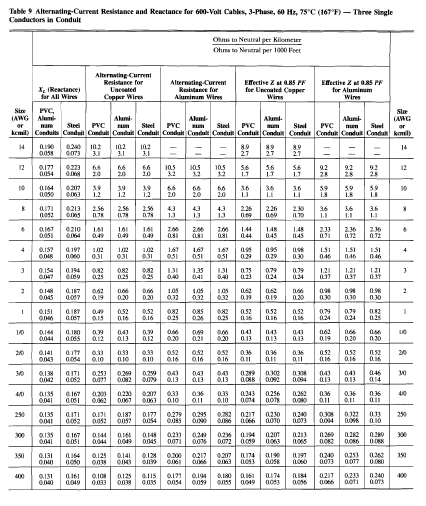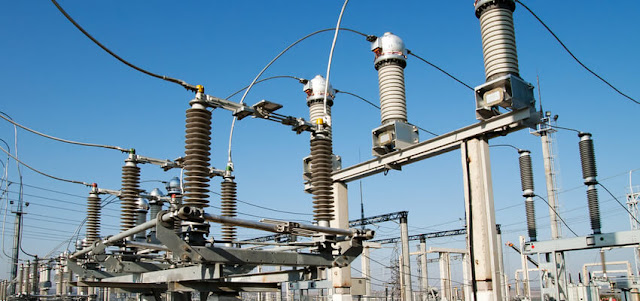Energy Star
 |
| The energy star logo |
The energy star is a program that was conceptualized by John S. Hoffman. This program aimed to promote energy conservation among equipment manufacturers and to promote awareness among consumers regarding energy efficient products. During the mid 90's this program was introduced in cooling and heating systems in residential and commercial buildings. And few years later it was extended into office and consumer electronic products such as printer, computer, television, photocopier and others. And on 2006 about 10 percent of new homes in the United States were labelled Energy Star. Currently this program helped to spread the use of LED products such as in building lighting, signal lights in automotive systems and many more. As of 2012 there are about 800 commercial and industrial buildings who are already certified and labelled as energy star compliance. The assessment of this is a joint collaboration with different organization and government agencies in the United States particularly the Environmental Protection Agency or the EPA. This program is a trusted, government-backed symbol for energy efficiency helping us all save money and protect the environment through energy-efficient products and practices. The Energy Star label was established to:
- Reduce greenhouse gas emissions and other pollutants caused by the inefficient use of energy; and
- Make it easy for consumers to identify and purchase energy-efficient products that offer savings on energy bills without sacrificing performance, features, and comfort.
Partnership for the program
Today the Energy Star program have major partners in different business entities and organizations all around the world. They have a pool of professionals that can provide training and guidelines how to attain energy star label. These partners are classified according to their line of expertise and capabilities such as:
- Product Manufacturers
- Appliance and Equipment Traders
- New Home Industry
- Utilities
- Service Providers
- Buildings
- Small Businesses
- For Contractors
- Government Agencies
Benefits
Generally all of us are the direct beneficiary of this program since it could reduce carbon emissions and cushion the effect of the climate change. But as far as a business profit is concern, the United States alone have already offered Federal Tax incentives for the companies that have complied with the energy star program. One example is the American Recovery and Reinvestment Act of 2009 which provides tax incentives related to renewable energy and energy efficiency. ( source: www.epa.gov )
Product labels So the next time you buy appliances and equipments be sure to buy one that contain energy star logo. There are no specific form by which a certain equipment can be labelled by an energy start logo for as long as that product offered energy saving features and duly certified by the program authority, that product can capable of being labelled. Here are few examples:
1. There are photocopier machines that contain energy star and has a "sleep" feature that automatically turn off all the unnecessary function during idle time. This is important because there is no other way of reducing energy consumption of the copier. This is true in offices where a photocopier is used at an interval of half an hour since turning it off completely could lead into consuming more energy since it will perform another heating cycle when activated.
2. Energy saving lamps are labelled with energy star because of its high efficiency compare to the conventional lamps. An incandescent lamp convert electrical energy into light but as we can observe that more energy are lost in the form of heat. Energy saving lamps on the other hand converts more electrical energy into light, that is why we can see energy saving lamps which has a wattage is only 9 watts but its luminous intensity is the same with what 60 watts incandescent lamp produced.
3. Cathode Ray Tube (CRT) televisions and computer monitor are now slowly phased out in favor of Light Emitting Diode (LED) TV. A 95 watts CRT television can be replaced with the same size LED TV of only 24 watts rating notwithstanding the fact that the latter may have other features such as "sleep" and "hibernation". These features are obviously advantageous compare to the previous models.
4. Currently there are refrigerator and air conditioning units that are labelled with "energy star". These products were designed to meet specific standards on energy efficiency. Like in air-conditioning units, the advent of inverter technology augmented the efficiency of the product thus making it qualify to be labelled as such.
1. There are photocopier machines that contain energy star and has a "sleep" feature that automatically turn off all the unnecessary function during idle time. This is important because there is no other way of reducing energy consumption of the copier. This is true in offices where a photocopier is used at an interval of half an hour since turning it off completely could lead into consuming more energy since it will perform another heating cycle when activated.
2. Energy saving lamps are labelled with energy star because of its high efficiency compare to the conventional lamps. An incandescent lamp convert electrical energy into light but as we can observe that more energy are lost in the form of heat. Energy saving lamps on the other hand converts more electrical energy into light, that is why we can see energy saving lamps which has a wattage is only 9 watts but its luminous intensity is the same with what 60 watts incandescent lamp produced.
3. Cathode Ray Tube (CRT) televisions and computer monitor are now slowly phased out in favor of Light Emitting Diode (LED) TV. A 95 watts CRT television can be replaced with the same size LED TV of only 24 watts rating notwithstanding the fact that the latter may have other features such as "sleep" and "hibernation". These features are obviously advantageous compare to the previous models.
4. Currently there are refrigerator and air conditioning units that are labelled with "energy star". These products were designed to meet specific standards on energy efficiency. Like in air-conditioning units, the advent of inverter technology augmented the efficiency of the product thus making it qualify to be labelled as such.

.webp)











No comments: